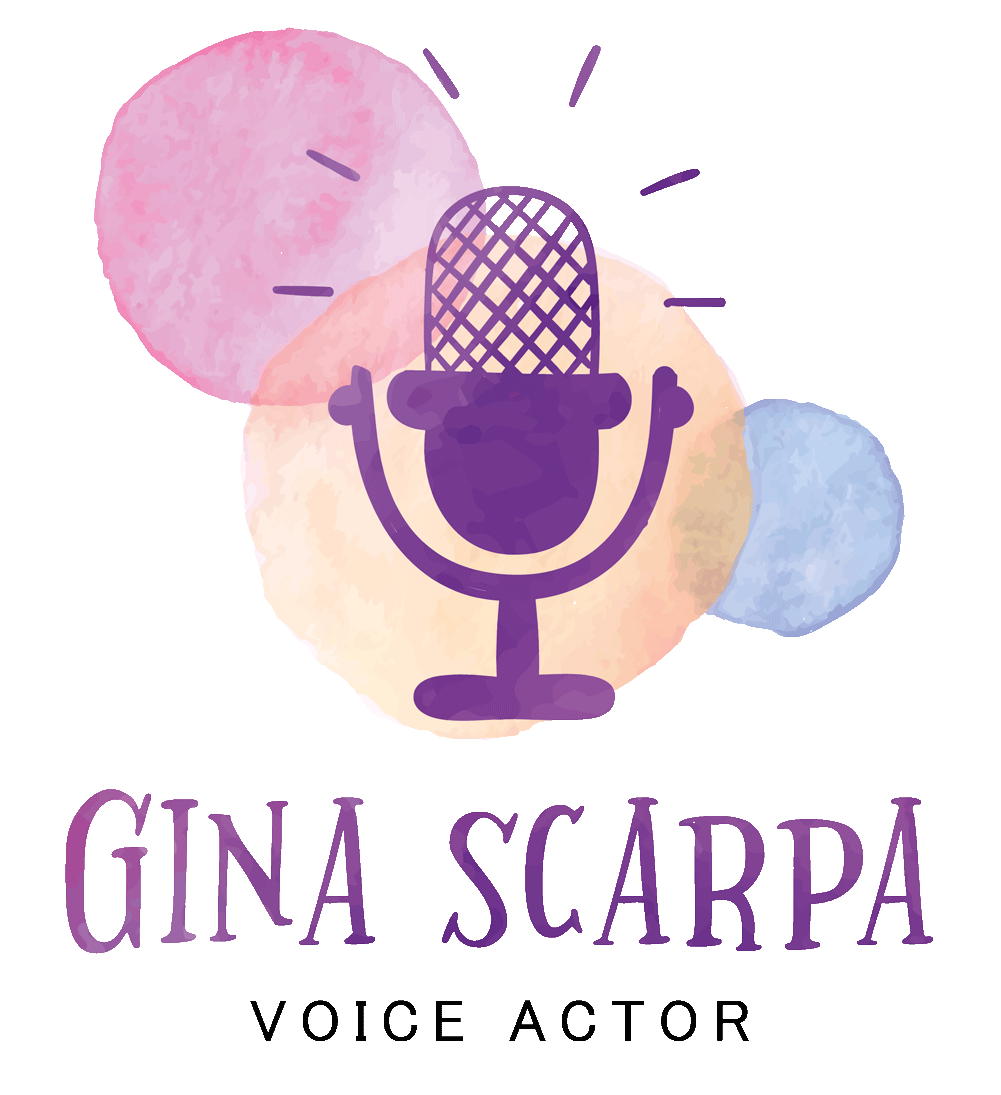What Voiceover Equipment Should I Buy?
Whether you’re a voice actor just starting out or you have some voiceover coaching or classes under your belt, one of the most pressing questions you’ll face is: What type of voiceover equipment should I buy? In order to audition for and book more professional projects, it’s important that you have equipment that can produce high-quality audio. It’s also crucial that you treat your space to mitigate outside noise and eliminate echo within your recording area.
However, before we get into the type of voiceover equipment you might consider purchasing, it cannot be stated enough that voiceover coaching is crucial before moving forward with your career, whether part-time or full-time. Voiceover coaching can provide many valuable insights in the areas of script analysis, acting techniques and tips, business and marketing advice, and finding your unique voice and style, among other things. There’s no reason to invest in voiceover equipment until you are truly ready to be auditioning at a high level.
If you’ve already completed some voiceover coaching, classes, and workshops, then it may be time to purchase new voiceover equipment or upgrade what you are currently using. In the professional world of voiceover, USB microphones (which just plug directly into your computer) are almost never acceptable due to their poor sound quality. Instead, professional voice actors use XLR microphones which connect to an audio interface and capture an analog digital vocal signal.
Once you’ve made the decision to purchase an XLR microphone for voiceover, it’s time to choose between the two of the most common types of microphones used - a shotgun microphone or a large condenser microphone. As a full-time professional voiceover artist and coach with a background in radio, audio editing and production, and podcasting, I tend to lean towards recommending shotgun microphones, which are better at reducing outside noise due to the fact that they are unidirectional. This means that they pick up sound directly from the front, while reducing sound from the sides and rear. Large condenser microphones tend to be omnidirectional, meaning that they can pick up sound on 3 sides, sometimes all 4. While this can be very helpful if you are active while recording, especially in a field like animation, it will be even more important that your recording space is very well treated.
Your XLR microphone will connect to an audio interface, which converts the sound signal into a format that your computer can read so that you’re able to listen to and/or edit the file. Through your audio interface, you’re able to manually adjust the gain (volume) of your microphone, connect studio headphones for playback, and utilize plug-ins to enhance your sound quality. Both microphones and audio interfaces range in price from a few hundred to several thousand dollars, and you can grow as you go in your career.
Next, you’ll want to find a quiet space where you will be able to record, edit, and participate in directed sessions with clients. Oftentimes, closets will work well due to the fact that they are small in size and already contain bulky items such as clothing and linens which can help reduce outside noise. You should also utilize sound panels or blankets for your walls and door. If you do not have a closet space, many voice actors use a PVC-pipe booth but it’s important to note that its main purpose is only to reduce the echo in a room, making it difficult to deal with outside sounds if you live in a noisy area. Eventually, many voice actors upgrade to a dedicated recording space such as a Whisper Room or Studiobricks.
Finally, there are sometimes small pieces of equipment that voice actors forget to purchase, causing them to place additional orders so that they have everything they need to be able to record. Examples include XLR cables, a microphone stand, microphone clips, microphone adapters, headphone adapters, and more. Be sure that you have everything you need when setting up your new recording area.
Currently, my professional home studio includes the Sennheiser 416 and Neumann TLM103 microphones, Apollo Twin X audio interface, and Adobe Audition. These are all things I grew into as a voice actor. Below are some voiceover equipment recommendations for new or intermediate voice actors. You can also shop the entire list on Amazon HERE. To learn more about the voiceover industry or voiceover coaching, you can visit my coaching page and schedule a free consultation or paid coaching session. Wishing you much happiness and success as you move forward in your voiceover career!
My Recommendations
Shotgun Microphone:
Sennheiser MKE600
Large Condenser Microphone:
Rode NT1-A
Audio Interface:
Focusrite Solo
Headphones:
beyerdynamic DT 770 Pro
Microphone Stand:
Amazon Basics Adjustable Mic Stand
Microphone Desk Stand:
On-Stage Adjustable Desktop Mic Stand
Sound Panels:
12 pack Acoustic Panels Self-Adhesive
Audio Recording & Editing Software:
Adobe Audition
XLR cable:
Amazon Basics XLR Cable
Microphone Clip Holder & Adjuster:
2 Pack Universal Microphone Clip Holder, Microphone Clips with 5/8" Male To 3/8" Female Nut Adapter
My Recommendations
Shotgun Microphone:
Sennheiser MKE600
Large Condenser Microphone:
Rode NT1-A
Audio Interface:
Focusrite Solo
Headphones:
beyerdynamic DT 770 Pro
Microphone Stand:
Microphone Stand: Amazon Basics Adjustable Mic Stand
Microphone Desk Stand:
On-Stage Adjustable Desktop Mic Stand
Sound Panels:
12 pack Acoustic Panels Self-Adhesive
Audio Recording & Editing Software:
Adobe Audition
XLR cable: Amazon Basics XLR Cable
Amazon Basics XLR Cable
Microphone Clip Holder & Adjuster:
2 Pack Universal Microphone Clip Holder, Microphone Clips with 5/8" Male To 3/8" Female Nut Adapter
Have a project that you need voiced?
Request an audition with Gina to see if your project is a good fit.
